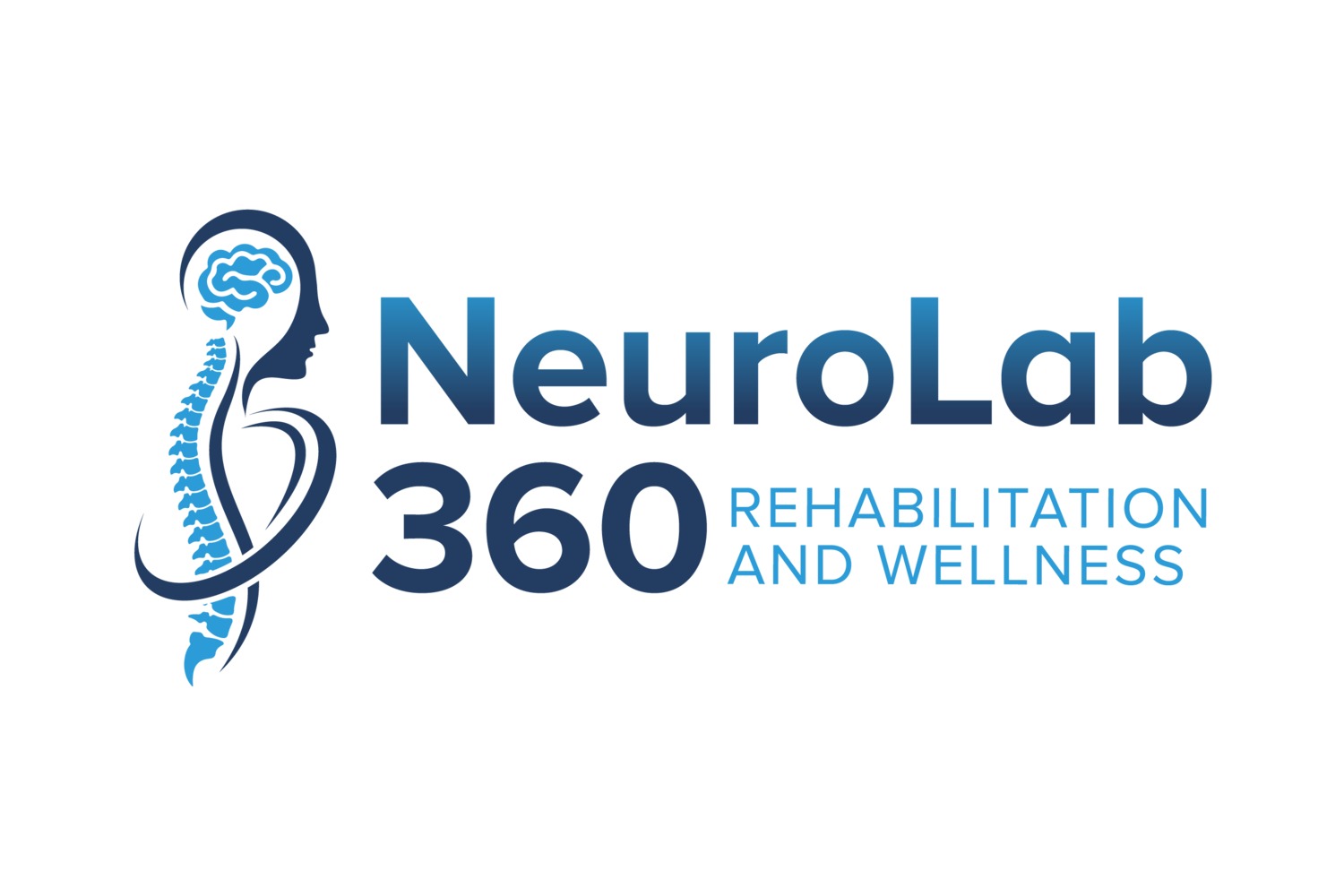Principles of Neuroplasticity: Specificity
In this blog post we will continue to explore the principles of neuroplasticity. This week, we will focus on the third principle of neuroplasticity: specificity. The principle of specificity explains how the nature of the training experience dictates the nature of the plasticity that occurs as a result.
Many studies have demonstrated that learning and skill acquisition are required to produce significant changes in the brain and how our neurons connect and communicate. Skill acquisition in particular is associated with changes in our brain more so than practice and repetition of previously acquired motor movements.
Many studies have examined the impact of skill acquisition vs repetition of motor movements. One study examined activation patterns in individuals who were trained to make skilled ankle movements compared to those trained to repeat unskilled movements. Their findings demonstrated that performing skilled ankle movements had enhanced activation in the associated area of the brain.
Through this principle, we know that it is important to be specific with how we train. In therapy we focus on learning and re-learning skills in order to help increase and strengthen connections in the brain. While it does help to work on leg strengthening exercises to improve an individuals ability to stand from a chair, we know that we can help make more significant changes in the brain if we practice that skill (sit to stands) specifically. Physical therapy should be tailored to produce a specific result in brain circuitry.
The take home message here is that therapy and exercise should be specific and focused on skill acquisition. Join us in our group exercise classes or in one on one therapy to help encourage neuroplasticity and functional recovery! Stay tuned for next weeks blog post on the fourth principle of neuroplasticity: Repetition matters.
Kleim, JA &Jones TA, 2008. Principles of exercise-dependent neural plasticity: Implications for rehabilitation after brain damage. Journal of Speech and Hearing Research (51): 225-239.

